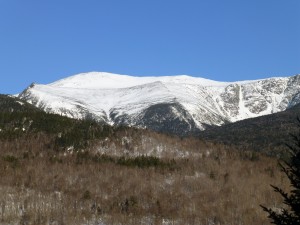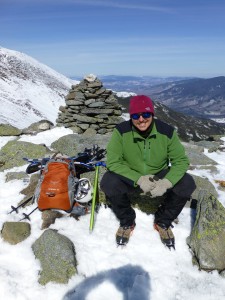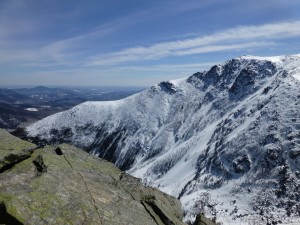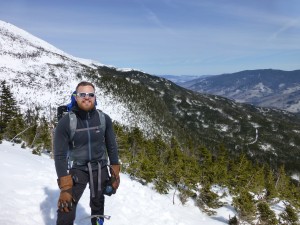Photo Journal: The River of Grass in Florida’s Everglades – Farlin Black
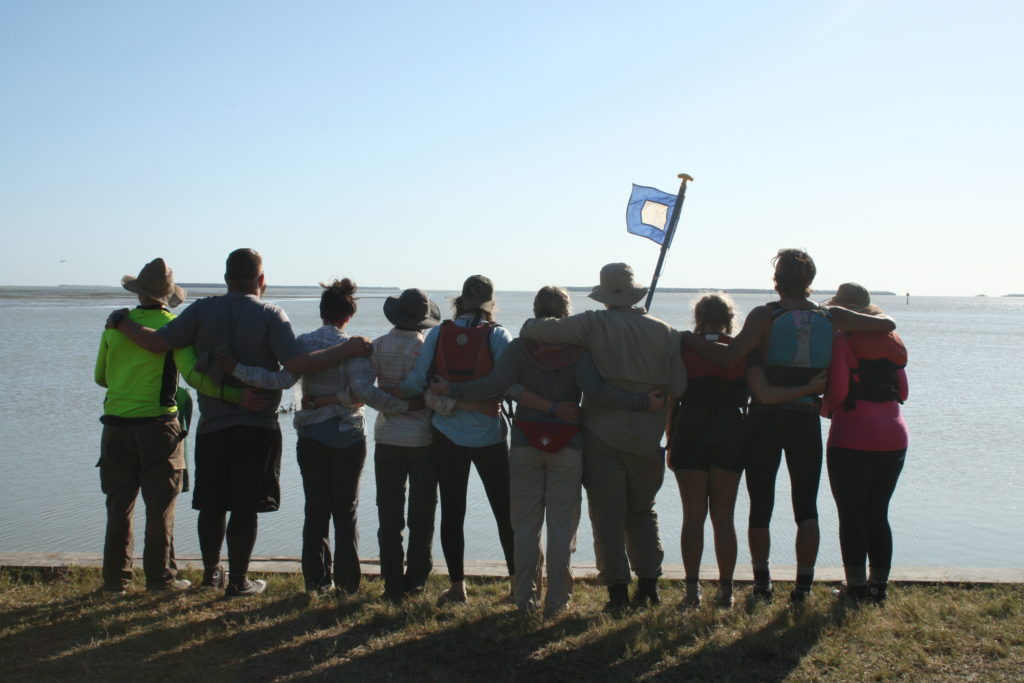
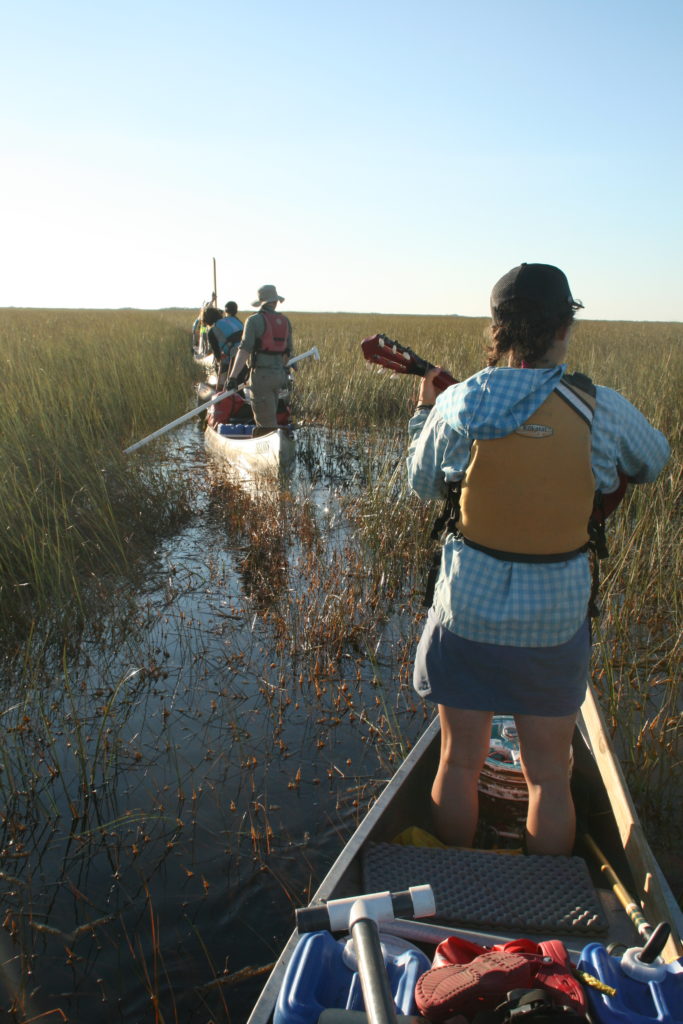
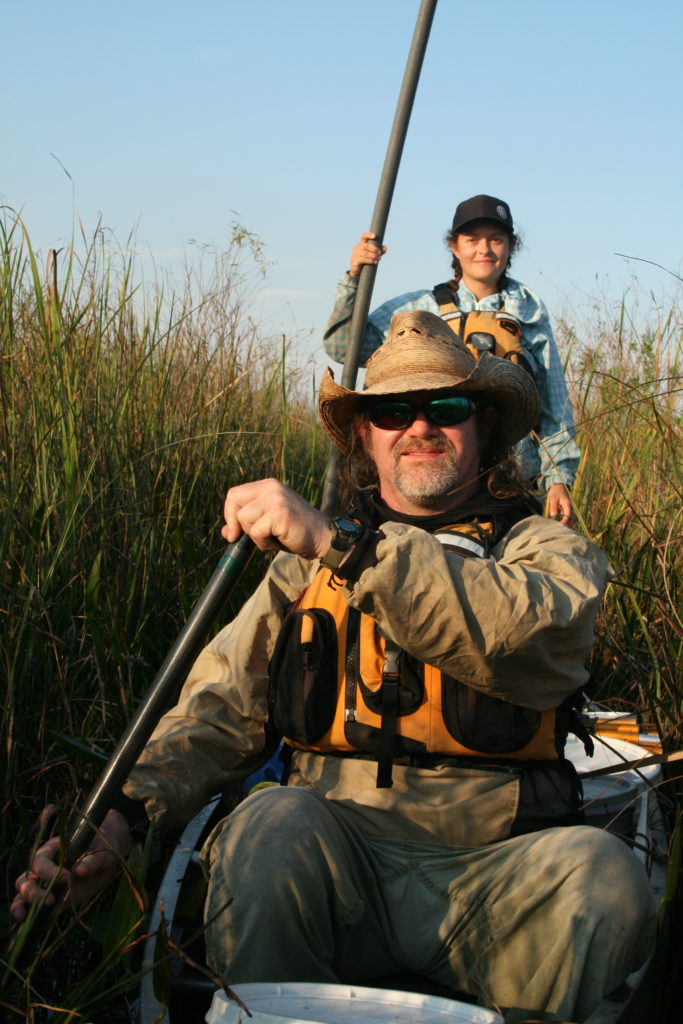
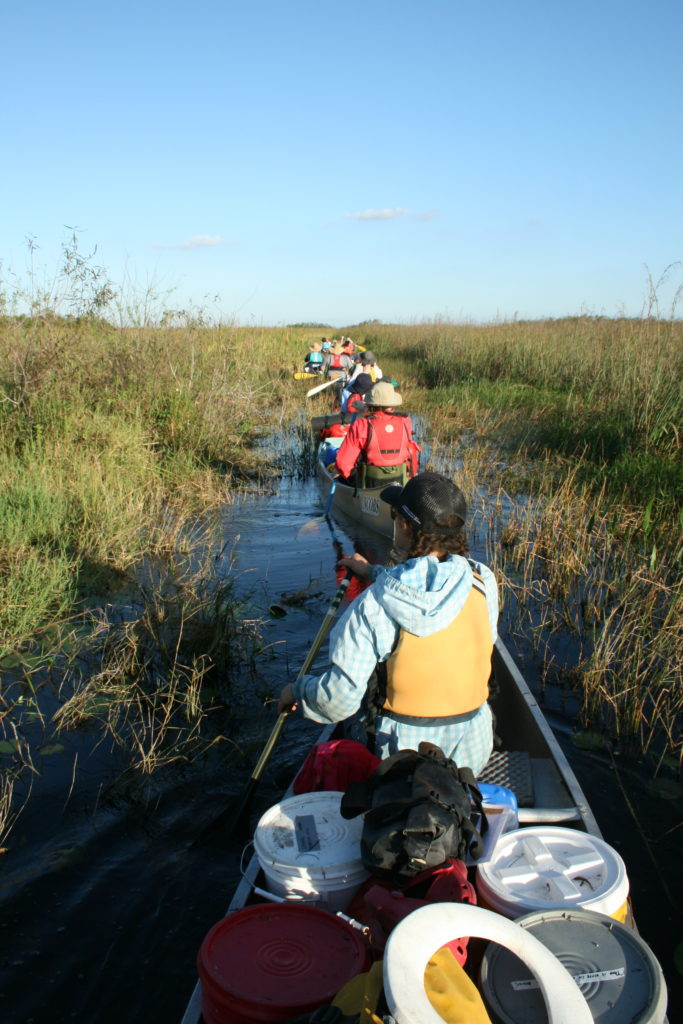
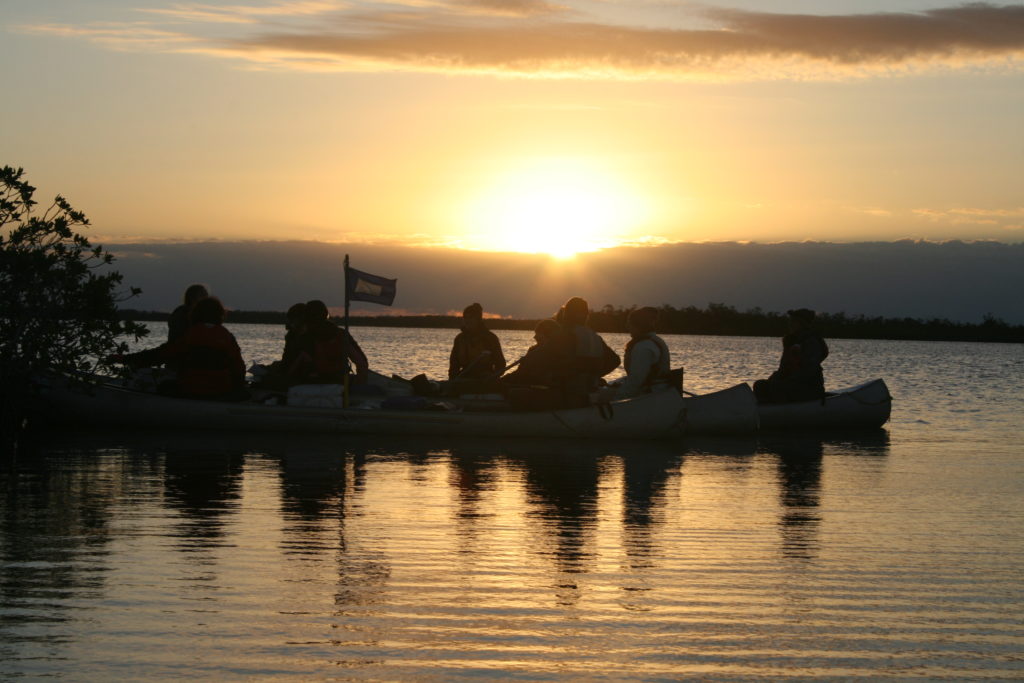

How a river can move you
We all know that unstructured play is of the utmost importance for kids. Especially in these modern times where kids days are highly activity structured, they have benchmarks to meet in relation to academic standards, and technology has an amazing capacity to mesmerize their attention.
Here is a video that speaks to the limitless expression of outdoor play and nature connection, and which makes us here at the office reflect on how we choose to engage or not engage in our surroundings and how we all, large and small, can enjoy and benefit from play……
When was the last time you spent a day by a river?
Five (More) Dangerous Things You Should Let Your Children Do
In another inspiring TED talk, Gever Tulley continues his exploration of risk and safety as they relate to children.
Does the media fuel an illusion that our children are in danger? How does reality compare to our fears? Tulley asks these questions and others.
And, the answers may surprise you. For example, regarding the fading concept of ‘stranger danger,’ did you know that kidnapping by a non-family-member doesn’t even make the top 5,000 dangers that children face?
Maybe walking to school isn’t such a bad idea, since it increases situational awareness, improves character judgment, and increases fitness (and thus memory and overall well being).
Then there are activities we can do with children with some actual risk involved, like playing with fire, whittling, driving a car, licking a battery, and more. According to Tulley, by exposing children to small risks we teach them about safety, and we equip them to challenge fear and address real risks in the world.
Or, as Tulley says, “The most effective way to keep children safe is to give them a little taste of danger.”
For more by Gever Tulley, check out his book 50 Dangerous Things, his website, and his talks on Ted.Org.
Trip Report: Mt. Washington
Last week Ben and I had a blast up in the Presidentials/Whites; it was our second go at Mt. Washington in the winter.
We headed up Thursday night, camped out, and then set out from Pinkham Notch early the next day. Our route was the Lion’s Head Winter Route, one of the most technical routes up Washington, and it deserves its reputation.
While we made the safer choice to head back just shy of the summit due to time and energy, we had amazing views from the Lion’s Head.
Here are some of Ben’s photos:
U.K. Professor Sees Changes Coming to Expedition Industry
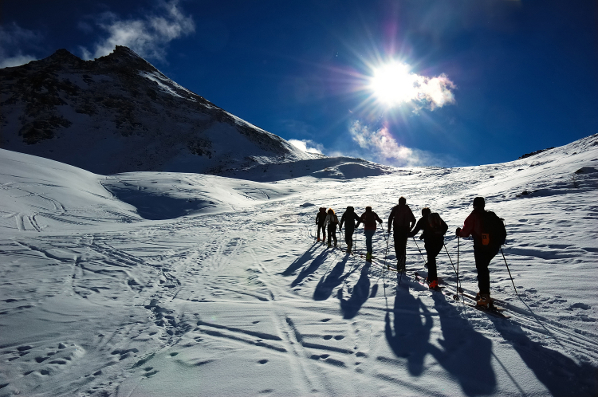
Many folks in the outdoor and environmental education fields can relate to Mark Hickman: “As a young man, I wanted to be the guy [professionally] climbing the mountains and running the river.” Of course, it’s not quite that easy, and we’ve all had to invest time, train, and pay our dues.
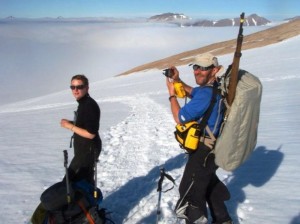
Hickman (right), in the field.
Starting off with the modest position of cook, Hickman worked his way through the ranks for over 30 years to become an instructor of adventure sports coaching and outdoor leadership skills at the University of Central Lancashire in the United Kingdom. And, his years of experience have led to some intriguing conclusions, particularly regarding the direction of outdoor education and expeditions:
“Following World War II, expeditions focused on a militaristic attitude of building the participants’ character — making them more resilient in the face of challenges. More recently, that has changed to a focus on personal development based around environmentalism, Hickman said. But he predicts a change in the next decade as the business focuses more on the outdoors as a resource for public health for an aging and more obese population, as well as for relief from increasing social isolation and depression.”
According to Hickman, “If we could change people’s perspectives and make a small impact on physical and mental health, it would be a reinvention of the outdoors.”
Many are witnessing shifts within outdoor education, in both people’s interests as well as the types of programs clients and participants are seeking. Hickman offers some food for thought, and I’ll be interested to see how the field evolves from here.
Visit the Billings Gazette for Brett French’s full article, and visit Adventure In, Adventure Out’s website for our full listing of adventure, expedition, and team-building programs.
What the Robin Knows
Our woods are waking up from their winter sleep, and birds are moving about in greater numbers, and even returning from warmer latitudes down south. As this happens, my ears are filled with the songs and conversations of these keenly observant creatures: what can I learn from them?
In this short video Jon Young introduces us to the concept of bird language, a form of auditory tracking and situational/landscape awareness.
A blue jay sounds an alarm several hundred yards away: the brush is thick, but now I know they’ve identified a threat.
Numerous birds are singing away: with no threats or territorial disputes to negotiate they let their guard down and chirp away. What sounds do you hear, and what are they telling you?
The Timber Doodle
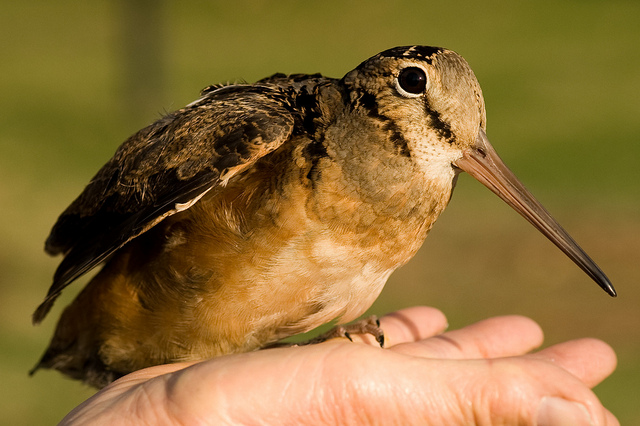
During today’s staff meeting, when James mentioned seeing a Timber Doodle, we all looked at him with looks of confused skepticism. “What the heck is a Timber Doodle?” I thought. A fan of playful jokes and pranks, we all thought that he must be putting us on. In fact, he wasn’t!
As it turns out, ‘Timber Doodle’ is just another name for the American Woodcock, the only woodcock to be found in North America. And, Timber Doodles are also signs of spring, for the male bird puts on a beautiful courtship “falling-leaf” flight display, signaling to us in the north that warmer weather is on its way.
Keep a watchful eye while in, or when passing by, open spaces and field for these small, stocky, beautifully patterned birds.
For more information, visit the Wildlife Management Institute‘s site, Timberdoodle.org And, visit our website for more information on Adventure In, Adventure Out’s tracking course, The First Science: The Art of Animal Track and Sign.
AIAO OUTING CLUB SUNDAYS
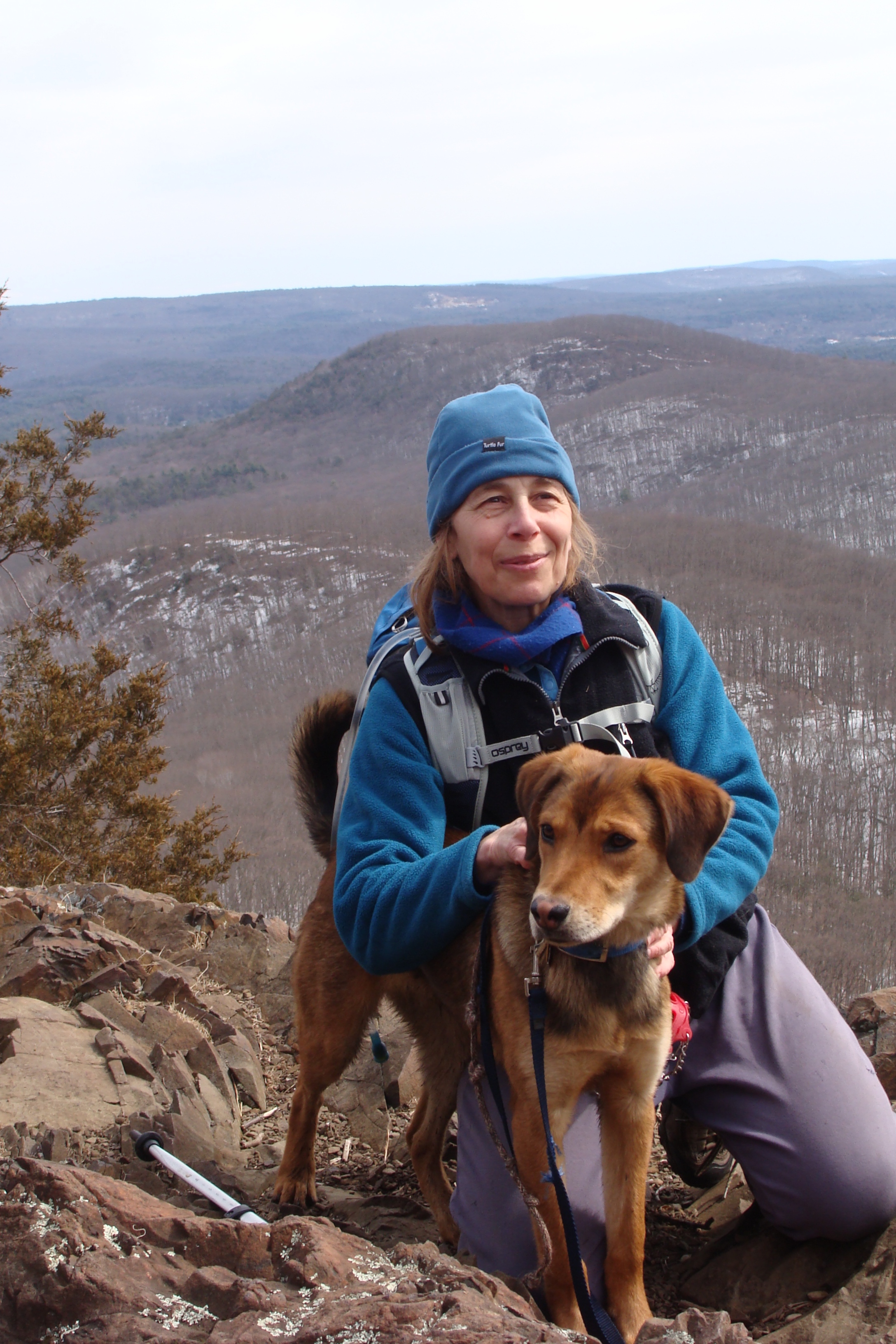
We switched our AIAO Outing Club days to Sundays and are glad that we did. This past Sunday, we had 11 people join us for an eastern Holyoke Range traverse. The day was quite chilly and the trails were icy. Max & Luna, two canine friends, joined us as well. They made fast friends and their perpetual play was a joy to watch.
We paused along the way at the Norwottuck overlook, the Horse Caves and Rattlesnake Knob to enjoy snacks, tea and each other’s company. Some of us were focused at times on the natural history of the area, quizzing each other on tree i.d., exploring a porcupine den, scat on the trail, slug trails on birch, hickory nuts fed on by squirrel, and pileated woodpecker scat full of the exoskeletons of dozens of ants.
As the snow thaws, we have plans to visit local caves, get out on the river and bike the newly opened dirt roads in the Quabbin for some mountain biking. We look forward to further fun and exploration together, as we continue to build the AIAO community.
Happy Trails! James McNaughton
Outdoor Learning: Education’s Next Revolution?
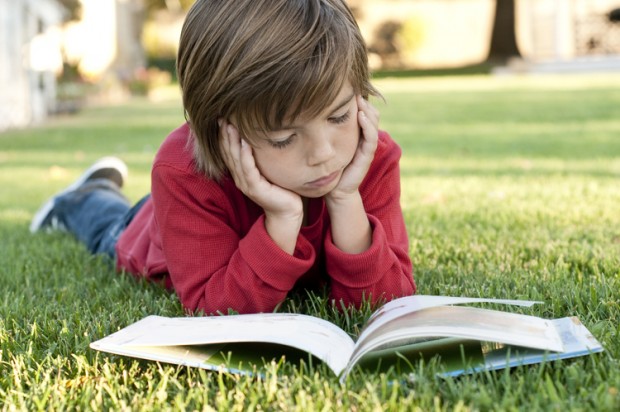
In this article, psychology researchers from Notre Dame point out, “The right brain, which governs much of our self-regulation, creativity and empathy grows through full-body experience.” This is the part of our brain that helps us manage our emotions and delay gratification. Check out how time in an outdoor environment, as well as unstructured time can not only help develop creativity and imagination, but also compassion, ability to navigate emotions and personal resilience. What a difference these skills make for youth as they face the demands of the 21st Century.
 Adventure In Adventure Out
Adventure In Adventure Out
